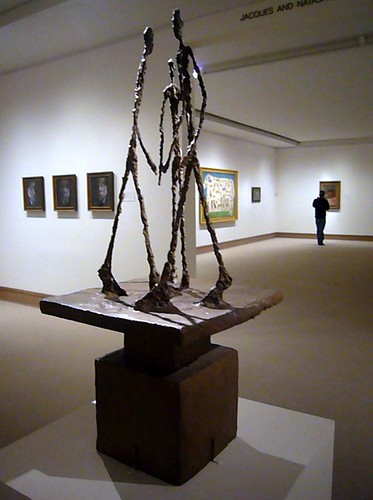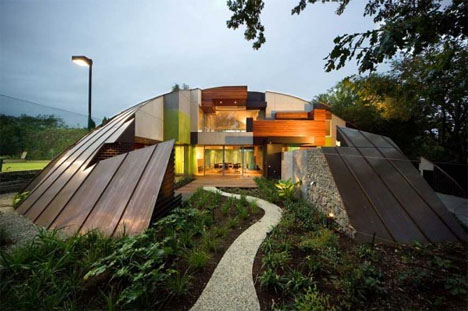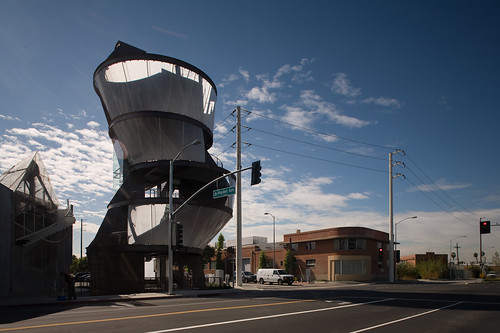Tuesday, December 13, 2011
Table of Contents
MacBook Charger
Wegmans Reusable Shopping Bags

- Waterproof material that can be cleaned with a sponge
- Sturdy straps
- Flat bottom to prevent tipping, increase capacity
Reusable Shopping Bags
I do not mean to suggest that reusable shopping bags are a bad idea, merely that the majority of these bags that are sold are poorly designed.
Rubbermaid Chug Bottle

Monday, December 12, 2011
My Photos




 More Photos
More PhotosThat Sort of Town

The Library Phantom




Sunday, December 11, 2011
Design Process
What I Learned
The most important thing that I learned in MAE451 was what the design process looks like in a commercial environment. I knew that they had to be a formal structure behind product design, but I was not sure what it would look like .My career aspirations are to one day work in the design or engineering department of a toy company, so this class served as exposure to what a job like that would entail. In a way, it was like a semester-long Realistic Job Preview.
I also learned that the very beginning of the design process should start from a need, something that I had never considered before. I suppose I have a very cynical view of a very materialistic culture, but the idea that each product is a design created in response to a need was a much more shocking discovery than it should have been. I always assumed that, for the most part, the product came first, and then it was up to the marketing department to create a need. Reflecting on it now, all great products must start as a need. All of my favorite belongings make life easier or solve a problem. In many cases, they solve a problem I never knew that I had until I used them.
Another important concept that I learned for the first time in MAE 451 was that you should never evaluate while brainstorming. I like to overthink things, and in the past any brainstorming activities have always been hampered by thoughts like “That would never work.” Thinking like that breaks the flow of ideas and kills creativity, a lesson that I learned during the divergent design portion of mini-project three. I have even applied this lesson to my group work in the MBA program. As a team, we always evaluated ideas while brainstorming but now we are working on breaking this habit, and we are already starting to become more effective.
My Design Philosophy
I am finally able to verbalize my design philosophy after reading “beautiful thing” by Robert Clay. The first chapter of the book contains a section called “Design Clichés,” which lists and explains the common clichés of many different schools of design (modernists, post-modernists, Arts and Crafts). My favorites are “Form follows function,” “Less is more,” “Form follows emotion,” and “Form expresses function.” I believe that the most mundane everyday objects should be not only functional, but also beautiful. This includes large objects such as appliances and furniture, to smaller items such as kitchenware, electronics, or even disposable items such as toothbrushes. One of the best examples I have of this principle in practice is my parents’ stove, which was designed by the company that is now Revolve Design Inc. It is over twenty years old, so I could not find a picture, but it is a beautiful, elegant example of what is often a purely functional object, without having any needless decoration of ornamentation. It also follows the principle of “Form expresses function”- the knob that controls the griddle is easily distinguishable from the knobs controlling the gas burners. Arthur C. Clarke said that any sufficiently advanced technology is “indistinguishable from magic,” but when it comes to design, I do not believe this should be the case. An object’s form should express both what it is used for and how to use it.
I also believe that design should be accessible. There is an incredible range in size, age, and ability in the world and many products do not allow for these factors. I believe that designs should be held to the standards of Design for All: products, systems, and services should be usable, without adaptation, by as many people as possible. Sustainability constraints should also be placed on design; as a species, we can no longer claim ignorance of the harm that we have done to the environment. Minimizing any further damages to the planet is the responsible thing to do.
Good design:
- · Meets a need
- · Is considerate of end-users
- · Is convenient to use
- · Can be utilized by anyone
- · Is minimally harmful to the environment
- · Can be used with a minimum of instruction and explanation
- · Makes the product’s function readily apparent
- · Is honest (no plastic that looks like wood, no fasteners used solely for show)
- · Is pleasurable (pleasing to look at and use)
Bad design:
- · Is functional at the expense of beauty
- · Is beautiful at the expense of function
- · Does not consider the circumstances of the user
- · Can only be used by certain segments of the population
- · Causes unnecessary harm to the environment
- · Is difficult to use and understand
- · Is dishonest (claims to fulfill functions it cannot)
- · Is frustrating
Though I am interested in designing nearly any sort of consumer product, I am most interested in designing toys. I wasn’t allowed video games when I was young, and my access to television was incredibly limited, so most of my free time was spent in imaginative play with dolls and blocks. As I grew older, I played with my own toys less often, but as a frequent baby-sitter, I never really stopped playing with toys. In a way, the past twenty two years of my life have been market research. I am also very passionate about the importance of play in childhood development. I would love to design toys that encourage imaginative play. These perspectives and experiences would inform my work as a designer. I’ve seen firsthand the joy, wonder, and learning that a great toy can create, and this is what I would strive to accomplish.
Design Principles I Would Like to Know More About
- Composition- the placement of elements, especially as relates to photography
- Color- Color can be instrumental in creating emotions and impressions in design. There is a great deal of psychology and symbolism behind color that I would like to learn more about in order to be able to use color more effectively.
- Typography- Like color, font choice is an element of design where tiny changes can make a large difference. I would love to learn more about choosing the right font for a design, or even about creating fonts.
- Gamification- Gamification is the process of designing products, systems, and services that use the motivational power of games to make a difference. There is a body of growing research on this topic that I would like to explore.
- Interactive Architecture- Interactive Architecture is the idea that environments, powered by ubiquitous computing, can interact with, and encourage interactions between, the people who inhabit them.
- User Interface design- A growing portion of our lives are spent on mobile devices and the web, and the way we interact with the technology around us is nearly always through a graphical user interface. I want to learn more about the rules of good design for user interfaces, and the metaphors that they utilize to improve user understanding.
- Ubiquitous computing- Design in a world where practically all objects are "smart" and networked
- Childhood development- It would be very helpful to have a solid understanding of childhood development in order to be able to design toys. Knowing what is developmentally appropriate for a certain age, how children learn, and what interests them would all be helpful topics to inform the design of toys.
- Packaging design- So much packaging is frustrating, wasteful, and inefficient that there a large opportunities for improvement. I find both the environmental and the human aspects of this topic intriguing.
- "Change by Design" by Tim Brown
- "Designing for the Digital Age: How to Create Human-Centered Products and Services" by Kim Goodwin
- "Designing with the Mind In Mind: Simple Guide to Understanding User Interface Design Rules" by Jeff Johnson
- "4dsocial: Interactive Design Environments" by Lucy Bullivant
- "Interactive Architecture" by Michael Fox
- "Exploring Materials: Creative Design for Everyday Objects" by Inna Alesina and Ellen Lupton
- "Materials for Inspirational Design" by Chris Lefteri
















